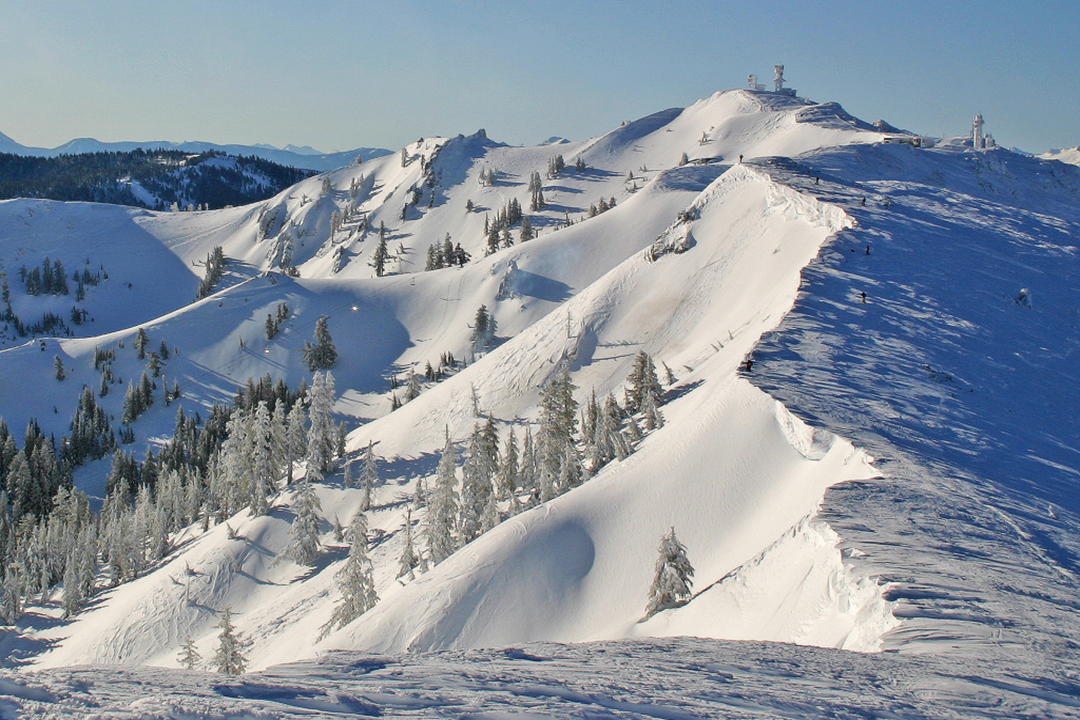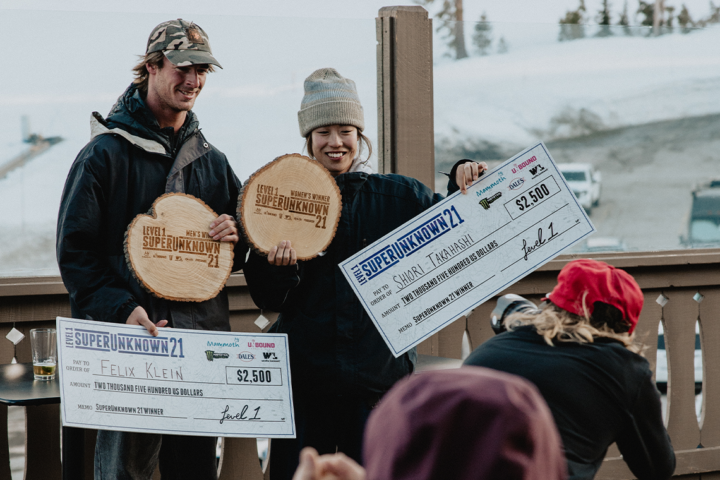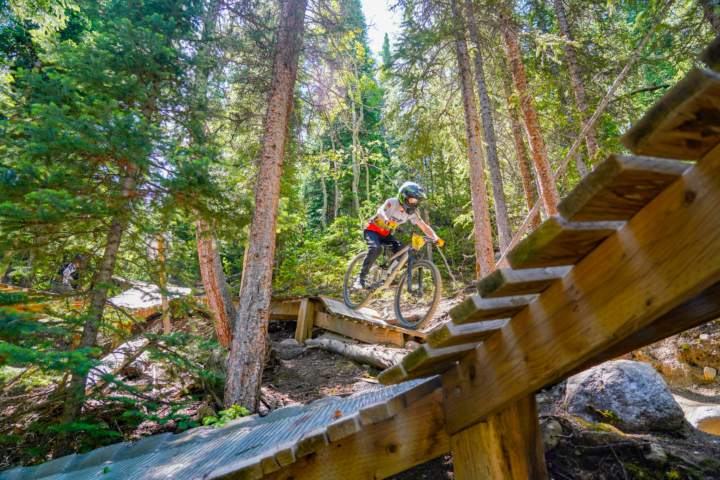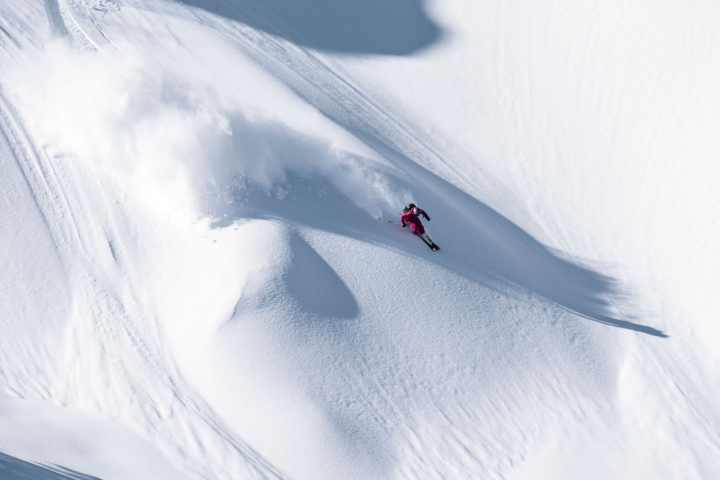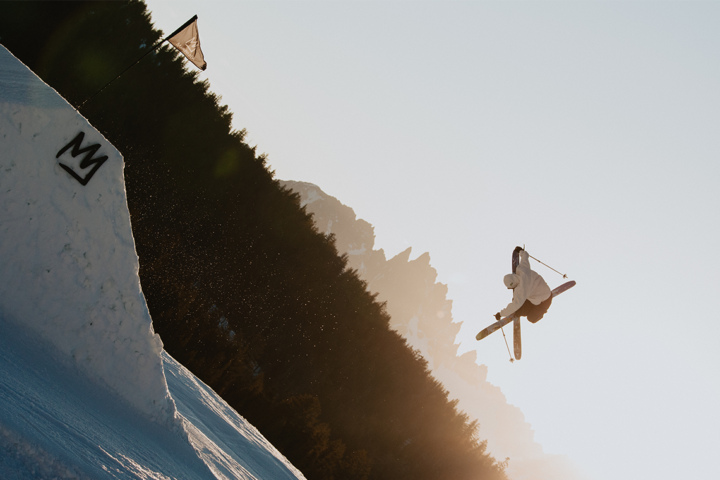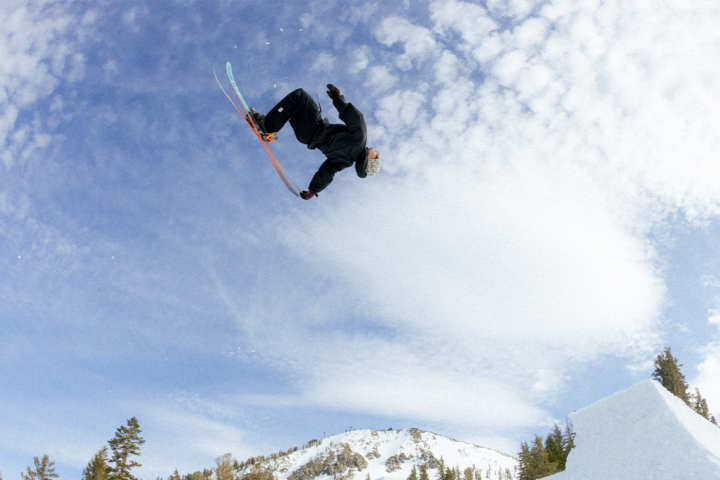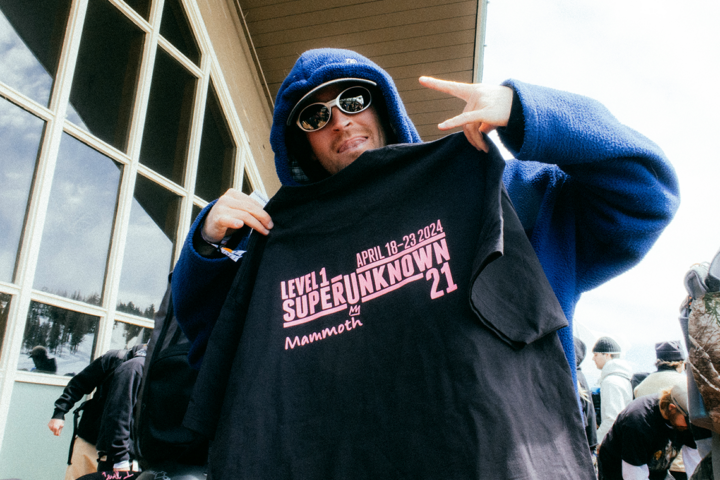“Certainly there’s understandable concern. It’s news to folks and involves change,” Wirth explains. “We’re going to engage with everyone who has a constructive thought on how we can make the best out of this very positive situation.”
A big question is the impact on the high alpine environment. The planned gondola line will rise up from the base of Squaw Valley, continue along the ridge between the ski areas and end at Alpine Meadows’ base area. The line will butt up against the Granite Chief Wilderness Area, which is of course, not developable. Within the Granite Chief area sits Five Lakes, one of Tahoe’s most trafficked backcountry zones in the non-winter months. Wirth, a former wilderness ranger for the USFS in the San Pedro Parks Wilderness Area of northern New Mexico, shares these environmental concerns.
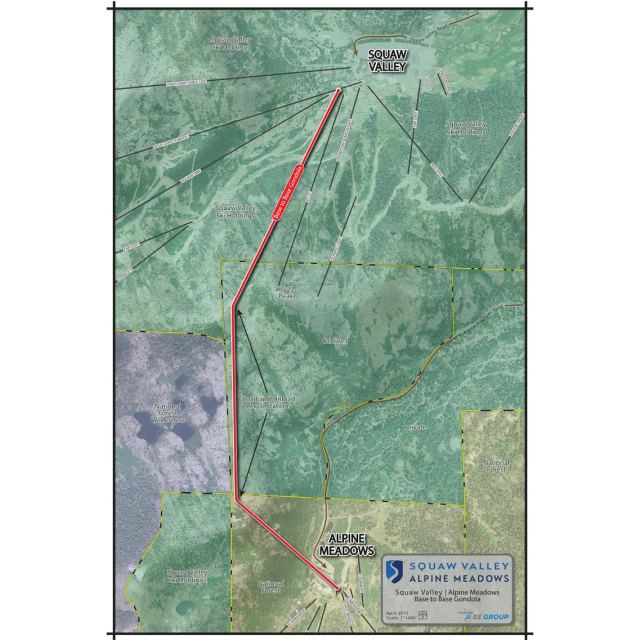
The plan is to have a lower capacity gondola, and construct the line with the shortest and least amount of lift towers as possible. Wirth explains that over 85-percent of traffic along the Five Lakes Trail occurs in the summer months. In turn, he’s contemplating ceasing gondola operation in the summer and pulling the gondola cabins down.
“I’ve spent a great deal of time back there, and it’s with that personal experience, backed up by some initial design and engineering drawings, that indicate that you’ll have a very difficult time seeing the gondola from any part of this Five Lakes component of the area.”
Working through the environmental and aesthetic issues will entail the participation of the nearby community—something both Wirth and Caldwell understand. Recently, Caldwell took several trips to Europe in an effort to gain perspective from the massive resort communities across the pond. “I was trying to evaluate how different communities connect and still keep their same identities. We’ve gained a lot of intel and hopefully will be able to implement them into our project here.”
“We’d like to go back to that place, back to where our mountains used to be in people’s minds and hearts. And we think this is going to enable moving us one step closer to that.”
Getting the community on board will entail many public forums and meetings, and the assurance that the new developments won’t compromise the integrity of the area, as well as the individual ski areas.
“We’re going to be hosting a great number of community engagement sessions. We’re going to be asking our customers and folks that live here what they think the key characteristics are that define each mountain and we’re going to listen intently,” explains Wirth. “We’ve been doing that for the past three years and see very clearly what made Alpine Meadows so attractive from an acquisition perspective. It’s not just that it’s next door to Squaw and that there is the prospect of connecting the mountains, but it offers our guests something different. We celebrate the fact that they have distinct heritages, types of skiing and vibes.”
Caldwell, who was sponsored by Alpine Meadows in his time with the US Freestyle Team and has lived in the area for 43 years, will aid in getting the community on board. “I’m kind of a local influence and I’m very grateful to have that position,” says Caldwell. “I’m knee deep in the whole activity because I understand the mountain so much. I’ll be the eyes and ears on the ground as far as a timeline to when we can start the project rolling.”
The goal, in Wirth’s mind, is to return Squaw and Alpine to the glory it had way back in the 1960s, 70s and 80s, when, Squaw Valley in particular, was thought of “as one of the preferred destinations in all of North America. We’d like to go back to that place, back to where our mountains used to be in people’s minds and hearts. And we think this is going to be and enable moving us one step closer to that.”
For Wirth, the connection of the mountains represents the fulfillment of a dream that started with Squaw Valley founder Wayne Poulsen over 60 years ago. “This was one of [Poulsen’s] original dreams and visions, and we truly stand on the shoulders of giants,” explains Wirth. “We’re respectfully in this position of being mountain stewards. There’s an emotional element involved with this that has to do with where we call home, the mountains, the dreams and visions of those who proceeded us.”
Related: Squaw Valley and Alpine Meadows release plans to connect via base-to-base gondola
